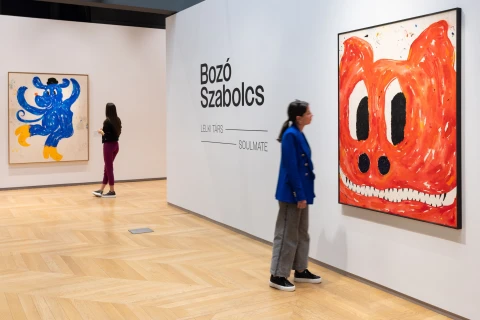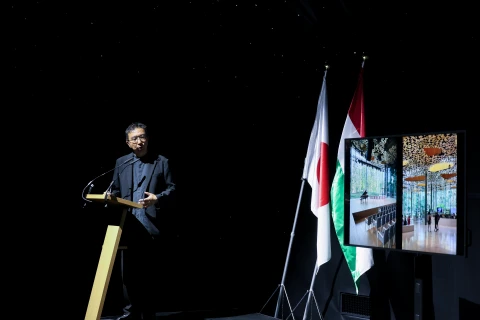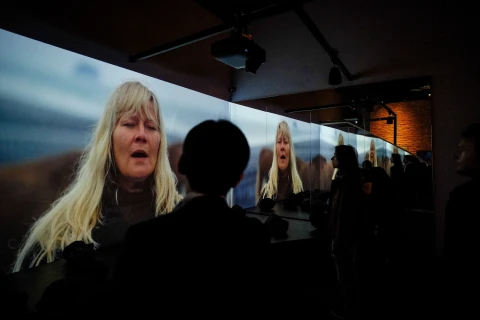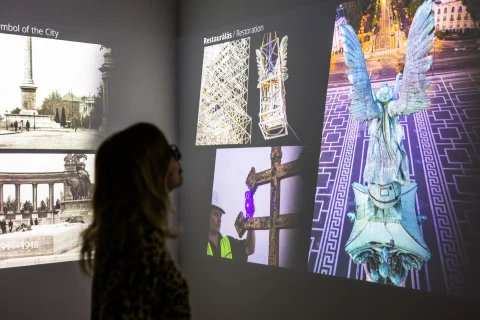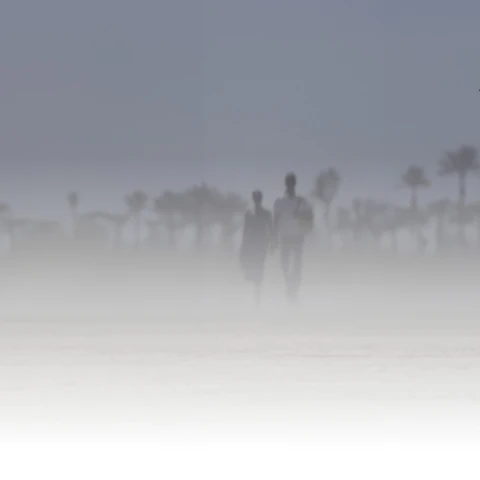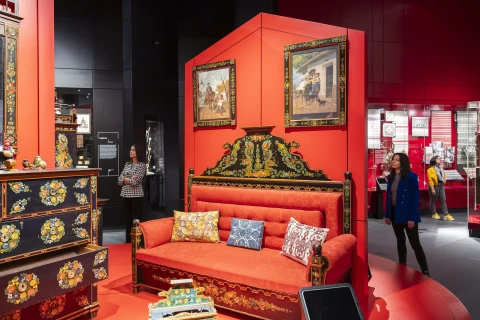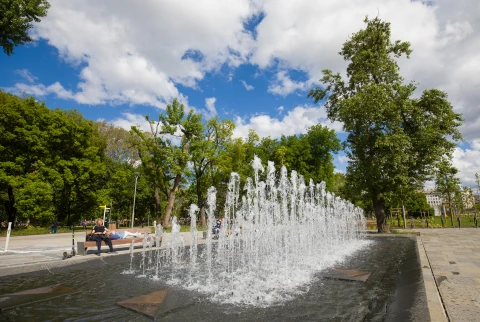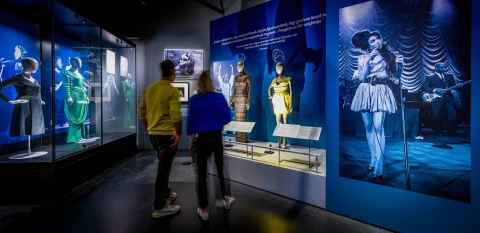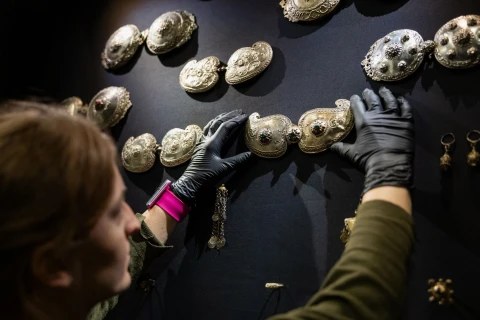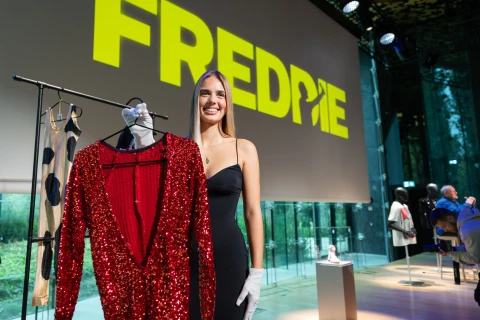
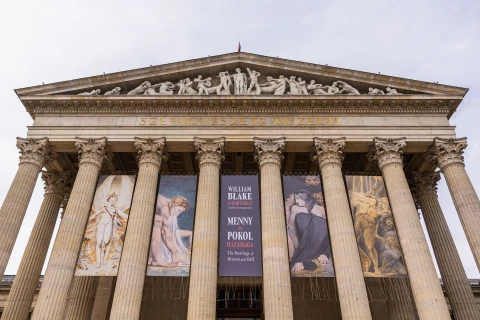
The Marriage of Heaven and Hell – Works by William Blake at the Museum of Fine Arts
Hungarian audiences can encounter William Blake’s visual art for the first time at the exhibition opening at the Museum of Fine Arts on 25 September. The Marriage of Heaven and Hell – William Blake and His Contemporaries presents outstanding works by one of the most significant figures of British art and literature, selected from the collection of Tate, London, while offering an insight into a particularly vibrant period in English fine arts.
William Blake (1757–1827), an artist overlooked in his lifetime, has inspired generations with his visionary works, prints, watercolours, poems and prophecies. Two centuries on, his art is revered worldwide as a unique manifestation of the free creative spirit. The exhibition, showcasing more than one hundred works, places Blake’s art alongside pieces by the artists who most inspired him as well as his contemporaries, including Henry Fuseli (Heinrich Füssli), Benjamin West, John Hamilton Mortimer and J. M. W. Turner.
William Blake is one of the most renowned artists of British Romanticism, with his exceptionally original art and poetry still serving as powerful inspiration today. During these decades, many British artists were preoccupied with emotion and irrationality, choosing highly subjective themes and seeking spiritual renewal.
In many respects, Blake embodies our contemporary notion of the Romantic artist, the solitary genius. He lived in London and worked as an engraver. Often late into the night, he experimented with new printmaking and painting techniques suitable to express his imaginative world as fully as possible. He regarded himself as a prophet, whose art and poetry built a bridge between the spiritual and the tangible realms. His works often drew on his radical political views, profound faith and personal struggles.
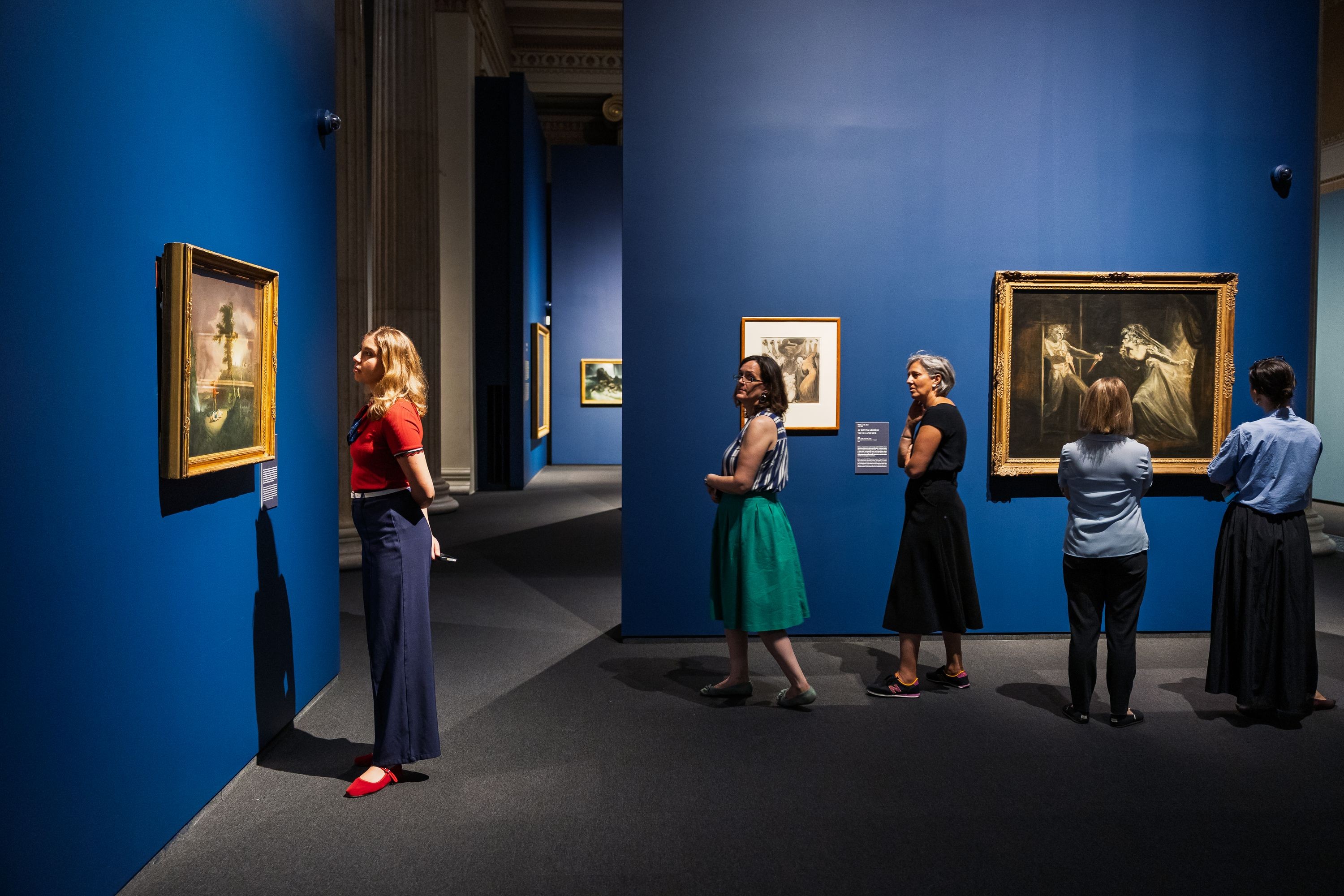

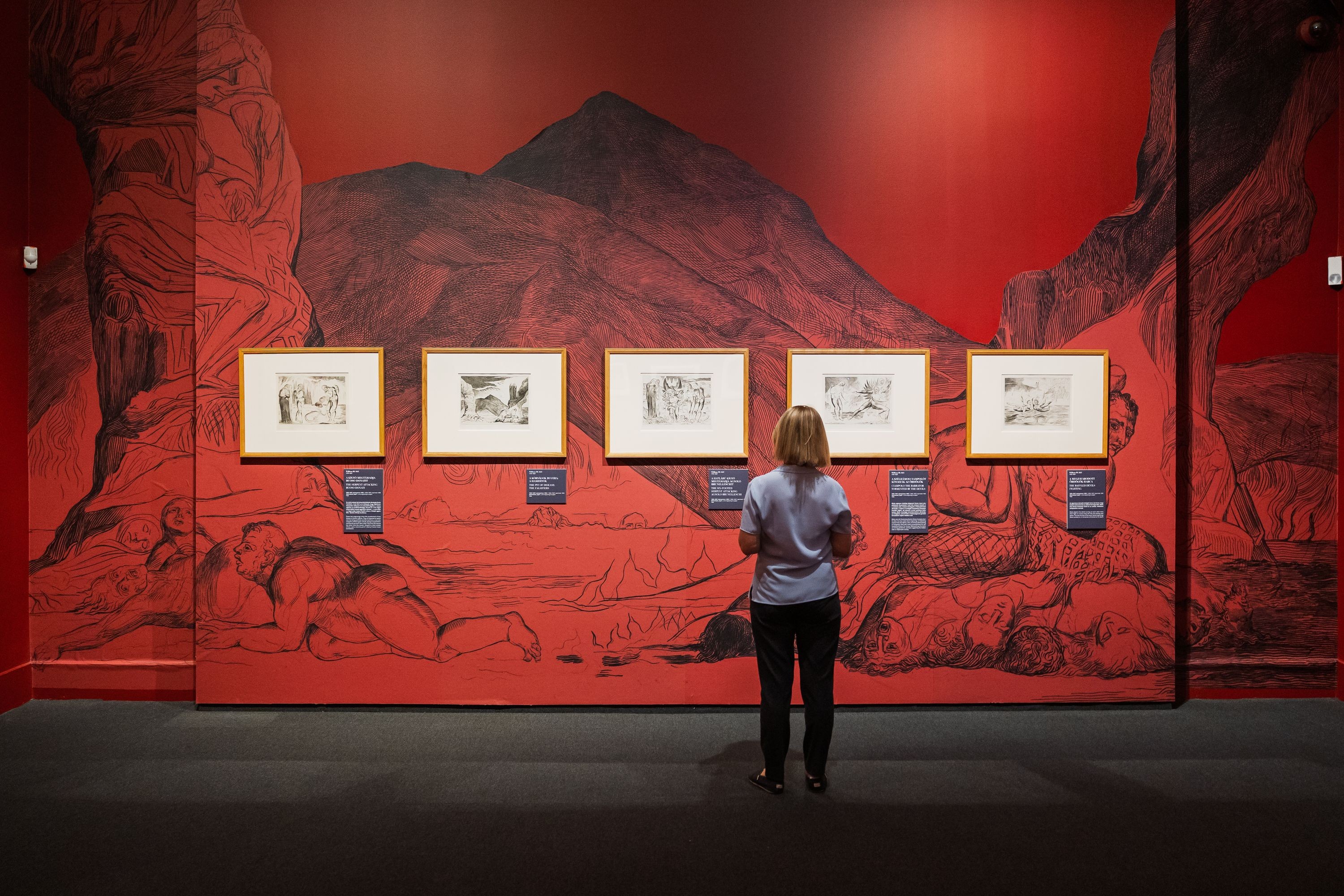
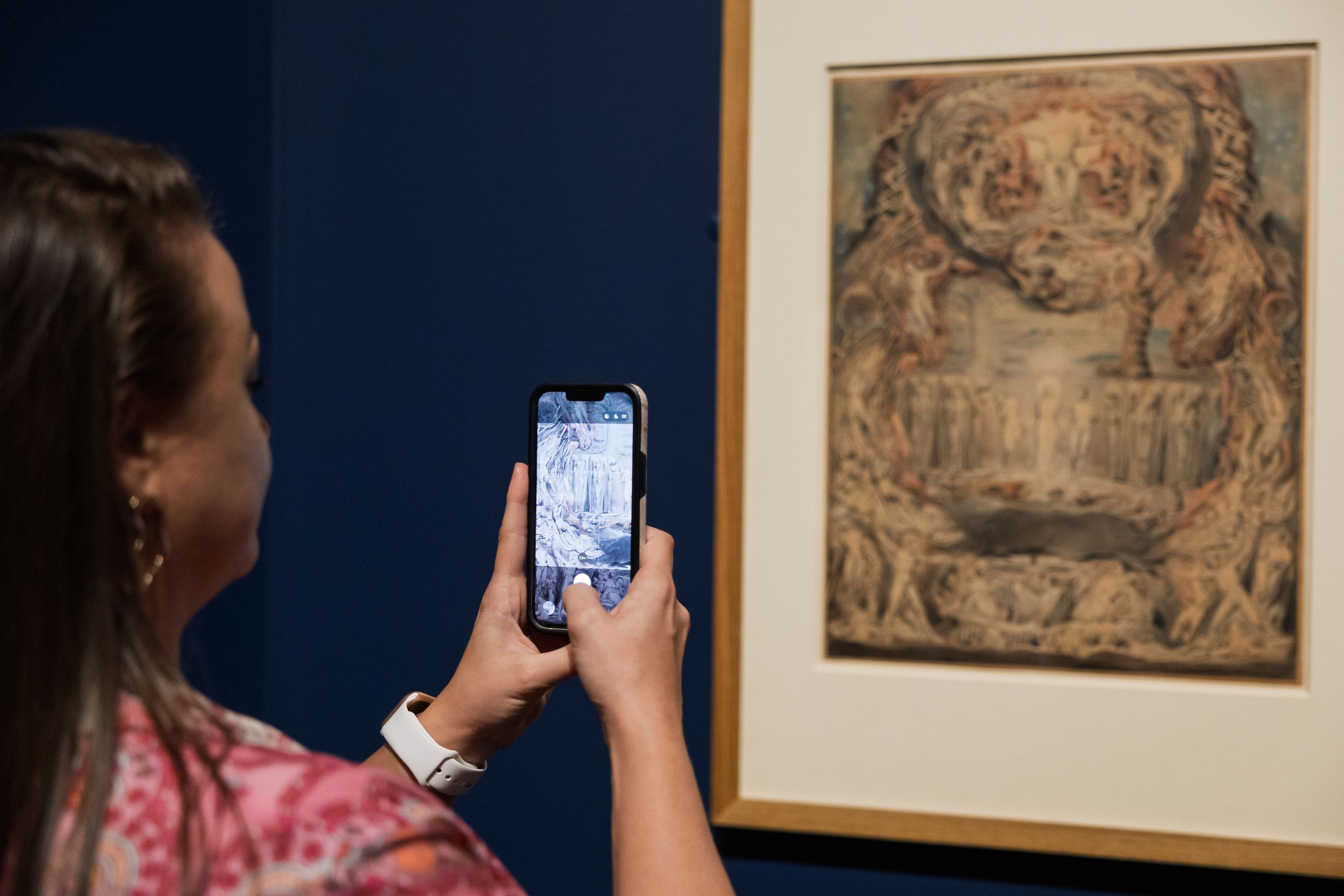

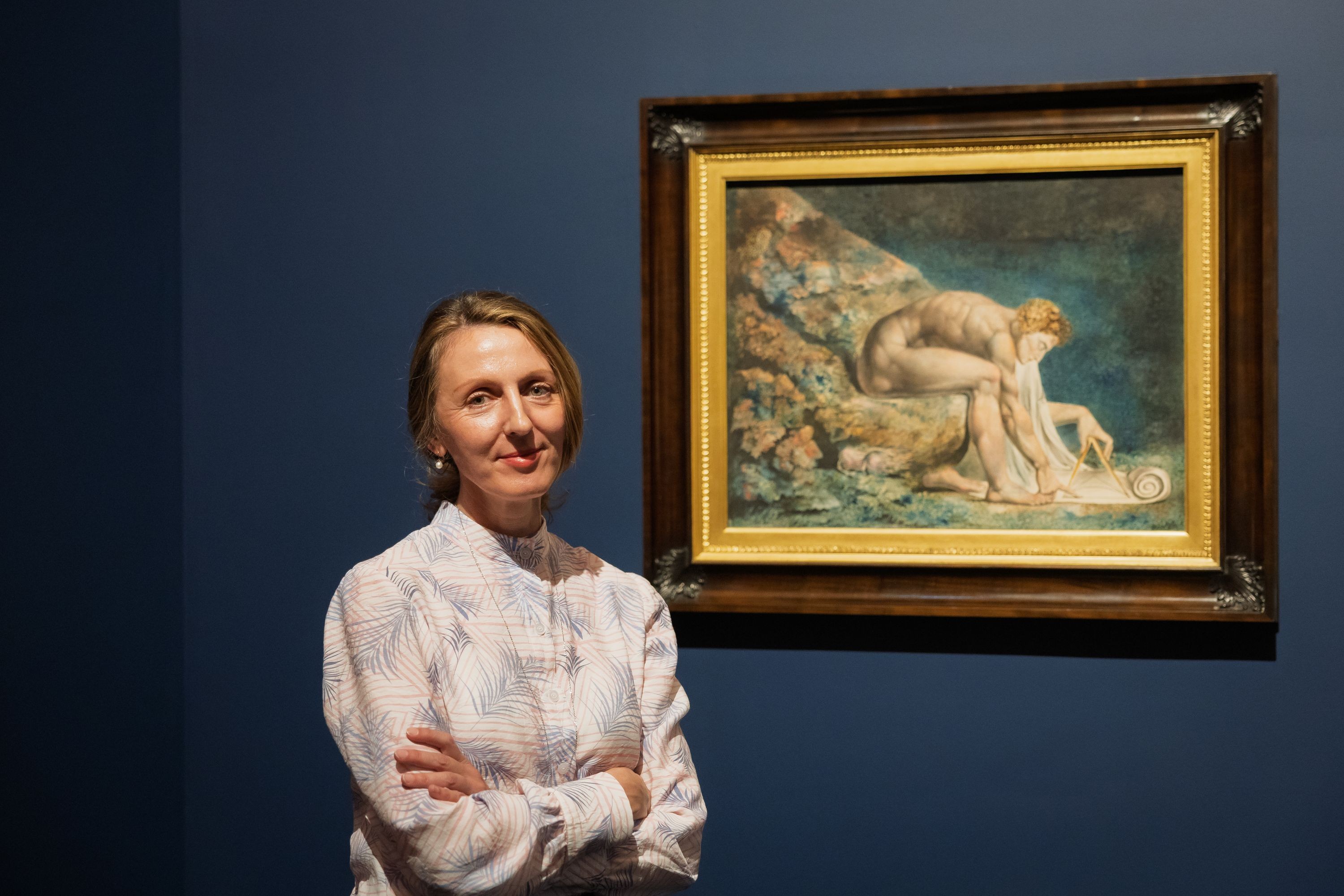
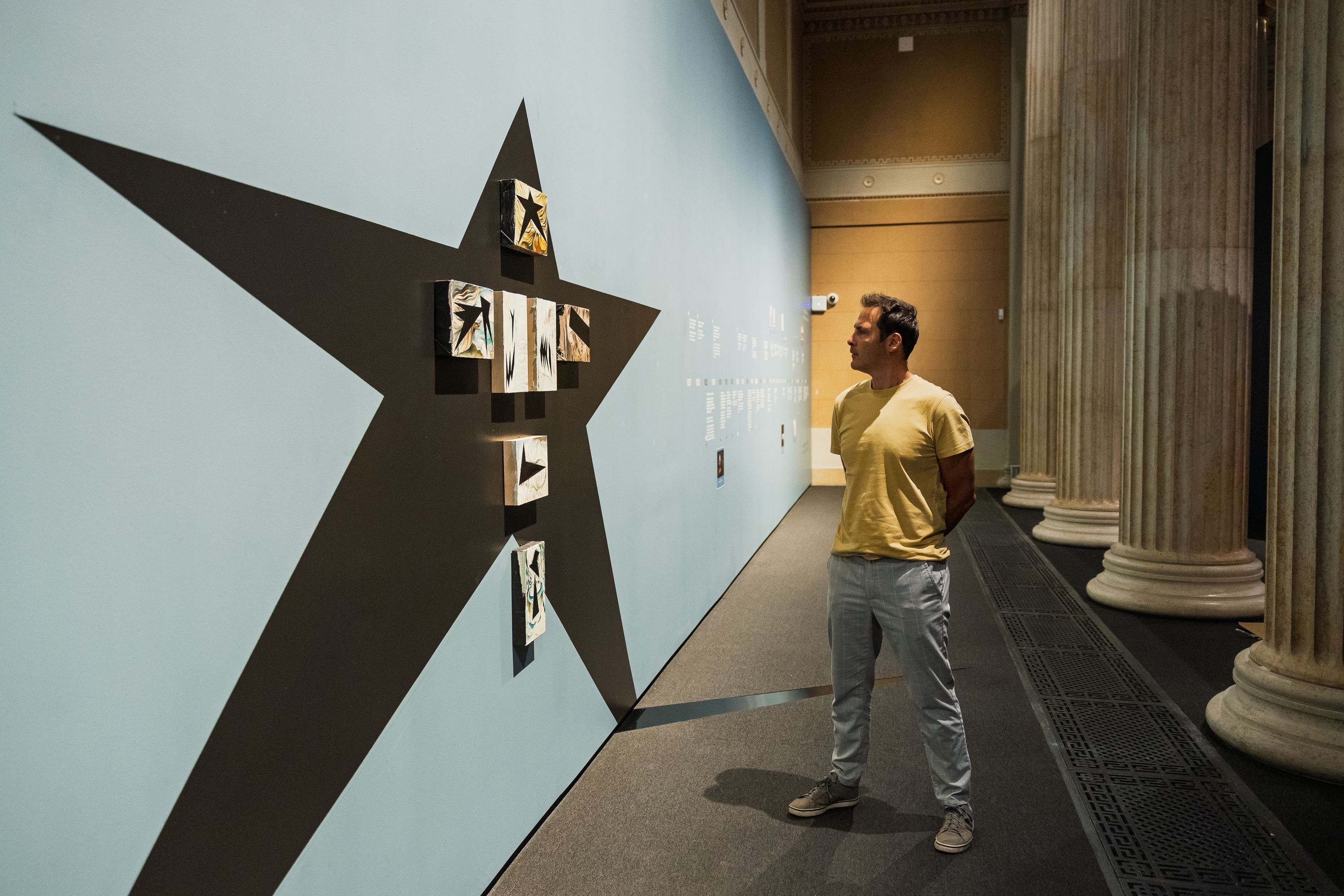
Blake’s illustrated poems are evoked in the exhibition’s first section, titled Poet Painter. Blake wrote his first poems as a child and, encouraged by his mother, he accompanied them with drawings. Gifted with a vivid imagination, the young William received no formal education: he was taught at home, later copying Gothic tombs at Westminster Abbey as a young apprentice, before mastering the craft of engraving during his apprenticeship years. Amid the changes and upheavals of the age, many artists sought ways to respond to the extremes of the contemporary world.
British artists continually explored the power and dangers of nature, at times distorting light, scale and space to unsettle the viewer. In the exhibition’s chapter Fear and Danger, this aspect appears in Blake’s writhing, contorted bodies and in his depictions of suffering and torment.
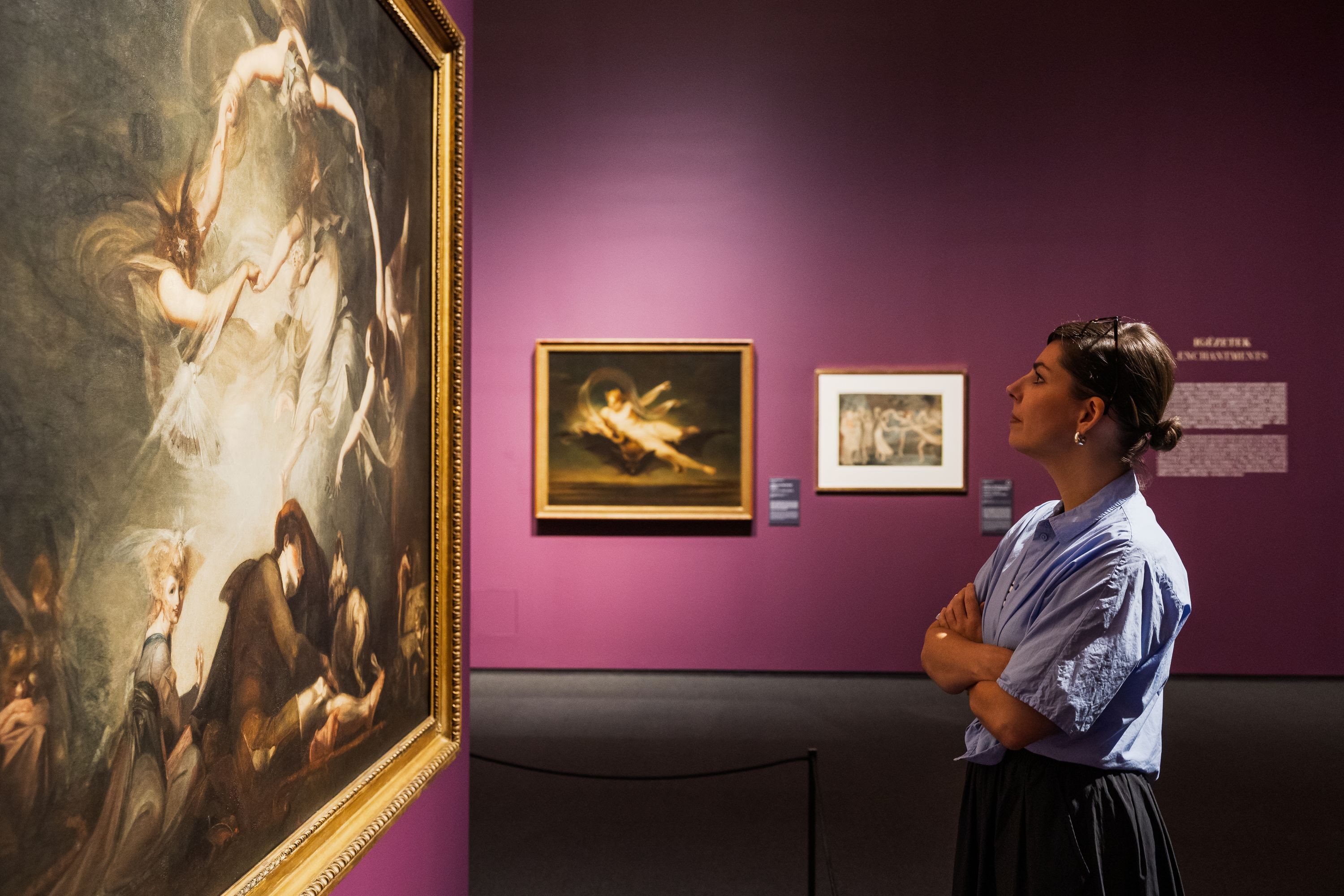
This exhibition marks the fourth collaboration between the Museum of Fine Arts and Tate, London, following Turner and Italy (2009), Bacon, Freud and the Painting of the School of London (2018), and Desired Beauty – Pre-Raphaelite Masterpieces from the Tate Collection (2021).
The section Fantastic Creatures is populated by the supernatural beings created by Blake and his contemporaries. Although the existence of fairies and spirits was dismissed as mere tales or superstition, such creatures nonetheless appeared in the visual art of the period.
Amid the difficulties and turmoil of the protracted wars with France, images and stories from Britain’s past fuelled national pride and conveyed messages relevant to those times. The exhibition unit titled Romanticising the Past presents works conceived in this spirit, while the section Gothic explores the relationship between the Gothic and Blake’s art. Standing at the centre of the exhibition chapter titled The Body of Newton is one of Blake’s most emblematic works: his rarely loaned portrait of Newton, bearing the influence of Classical and Renaissance art. In the section Satan and the Underworld, artists respond to contemporary anxieties by depicting an impending apocalypse. Blake was not the only one to explore satanic and infernal themes as the representation of destruction and biblical revelations became fashionable in this period.
The Marriage of Heaven and Hell provides a comprehensive overview of William Blake’s extraordinary imaginative powers. His rich artistic universe is a complex realm, with the visible and invisible, the sacred and the profane existing side by side. Visitors can also explore Blake’s influence on Hungarian artists, including literary references (Antal Szerb, Lőrinc Szabó) as well as works by Borsos Lőrinc and Kondor Béla, the latter of whom regarded Blake as his master.
Curators of the exhibition: Alice Insley of Tate, London, and Csilla Regős of the Museum of Fine Arts
